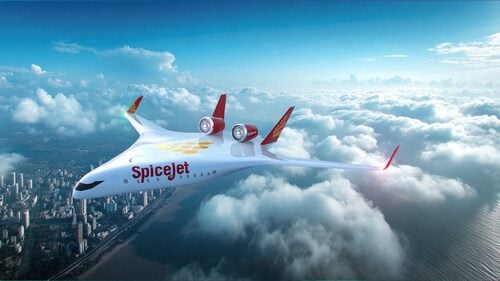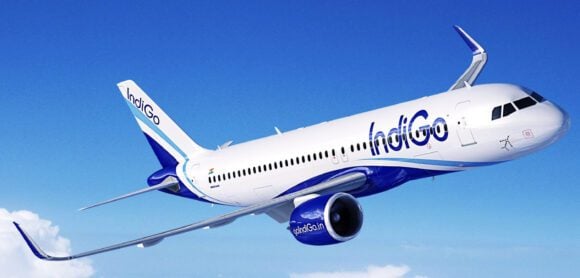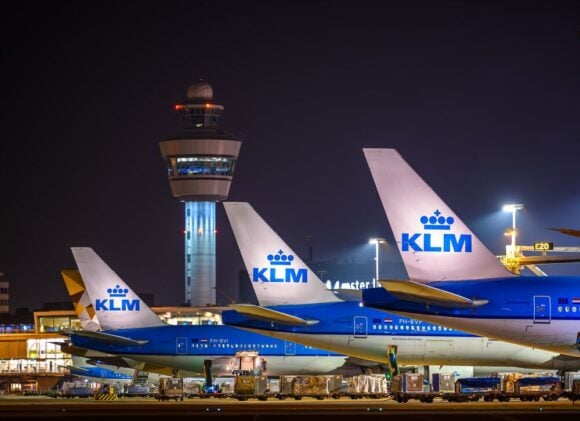
Avianca by Avianca 2 scaled
With the year almost ending, it would be an excellent time to begin looking at the biggest stories in the Latin American aviation industry. There are plenty. In 2022, we saw two companies leave Chapter 11 bankruptcy –Aeromexico and LATAM–, the announcement of a new international holding group –Abra Group Limited by Avianca and GOL–, a failed aggressive merger in Brazil –Azul acquiring LATAM Brasil–, the birth of new carriers –Arajet, Equair–, the opening of new international airports and terminals in the region, and plenty of more. But first, let’s start with the story that had the latest developments, Avianca and Viva’s currently failed merger.
How did we come to this?
Viva is an ultra-low-cost carrier launched in 2012 that survived the first waves of the COVID-19 pandemic without relying on outside help. Despite Colombia shutting down for months and other carriers filing for bankruptcies, Viva endured (Avianca and LATAM went to Chapter 11, and easyFly filed for a domestic process). Employing Declan Ryan’s expertise, Viva became one of the pioneers of the low-cost movement in the region alongside its Mexican cousin Viva Aerobus, Volaris, and JetSMART.
When the time was right, Viva seized the moment, becoming one of the key carriers in the country. The airline employed its heavy presence at the Medellín International Airport (MDE) to launch new international routes, reaching many destinations in the United States, Mexico, Brazil, Argentina, and the Caribbean. Here below are Viva’s domestic and international route maps from Colombia as of December 2022.


Nonetheless, the bill was due. According to reports by Avianca, Viva has been struggling financially in the last few months. It is in debt with many providers, including leasing companies. In April 2022, the majority shareholders of Viva and Avianca jointly announced that Viva will become part of the same holding company as Avianca Group International Limited. A few months later, they formally requested approval from the Colombian authorities. Both carriers said the approval should be quick because Viva was in a complex financial situation, looking at a possible disappearance.
Merger rejected
On November 8, Colombia’s civil aviation authority formally opposed the merger, saying the transaction represented a risk to competition. The authority left the possibility for the airlines to appeal, and they have done so. This announcement was celebrated by many airlines which heavily opposed the merger of these two companies. Led by ULCC Ultra Air, the opposing carrier said that Avianca and Viva together would be monopolistic.
According to the Colombian authorities, if the merger were complete as it was first announced, the combined group would have controlled 100% of the services offered on 16 routes. Also, potential competitors would have faced new challenges for growth or expansion into these markets.
What’s on the line?
Viva has quickly become one of the biggest airlines in Colombia. Data by Cirium shows Viva deploys 15% of all weekly seats in the South American country, only behind Avianca (40%) and LATAM (19%). Viva’s presence in Peru is not so strong as the airline battles to compete against other established carriers (LATAM, JetSMART, and Sky Airline. The last two are also LCCs).
When the merger was rejected, Avianca’s Chief Executive Adrián Neuhauser said both companies were concerned about the meaning of the decision, “as it goes against the needs of the country and ignores the potential effect that Viva’s disappearance would have on consumers and the market.”
What have they proposed?
Alas, Avianca and Viva have come up with a new proposition that is currently under evaluation. In a five-point plan, both companies are now offering more but are still urging the Colombian authorities to approve the merger as soon as possible.
Avianca and Viva proposed:
- The return of between 73 and 105 slots at Bogota El Dorado International Airport. This would be about 40 to 60% of Viva’s current operation in this hub.
- Maintain the brand and low-cost model of Viva. The idea is to preserve as many jobs, fleet, and routes as possible.
- Protect the fares on the routes where both airlines operate exclusively.
- Launch a codeshare or interline agreement with Satena, Colombia’s State carrier. This would be to strengthen Satena’s social role and its connectivity to Colombia’s most isolated regions.
- Keep all of Viva’s current interline agreements.
The Colombian civil aviation authority is currently reviewing the latest proposal by Avianca and Viva.
Views: 10




